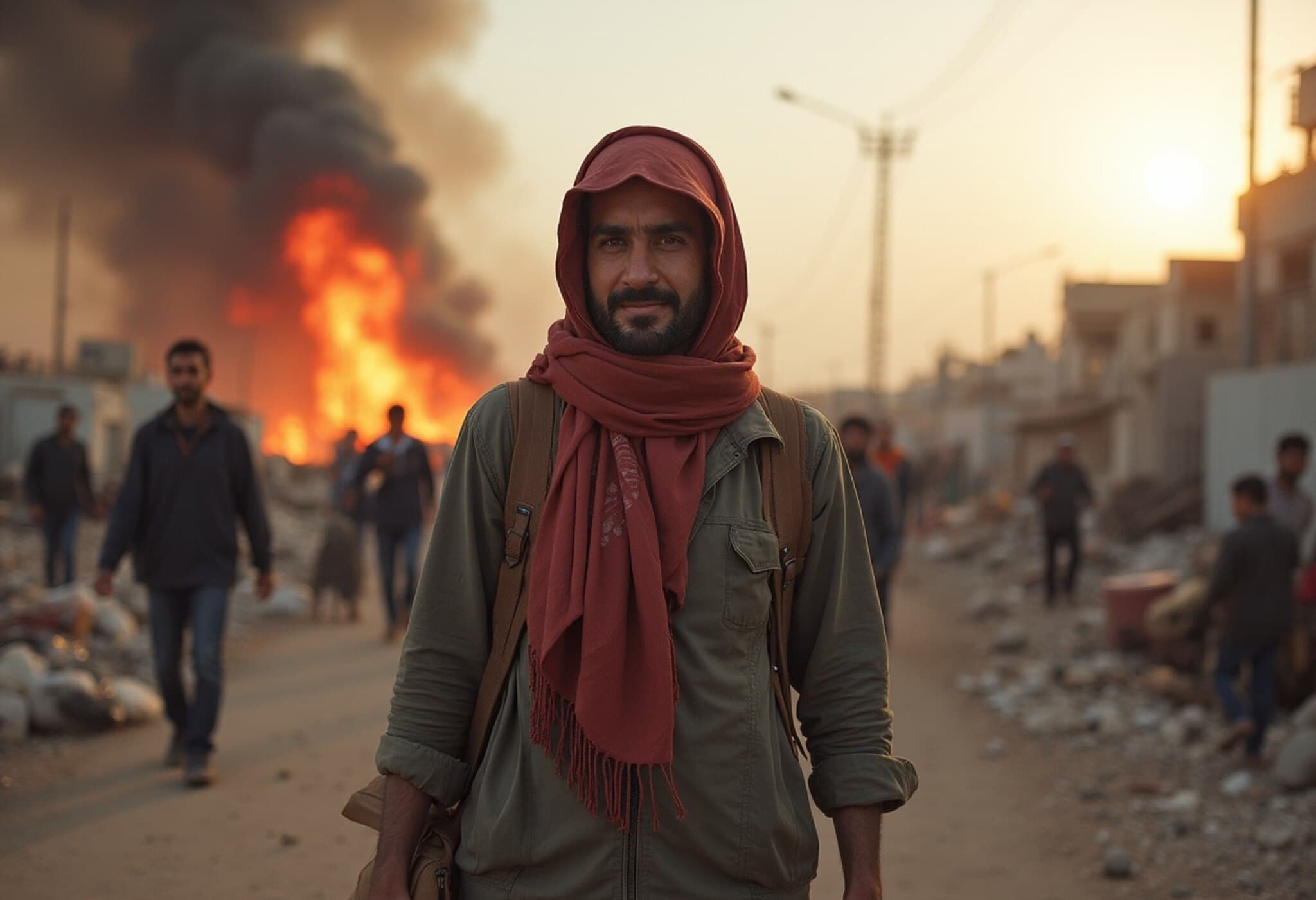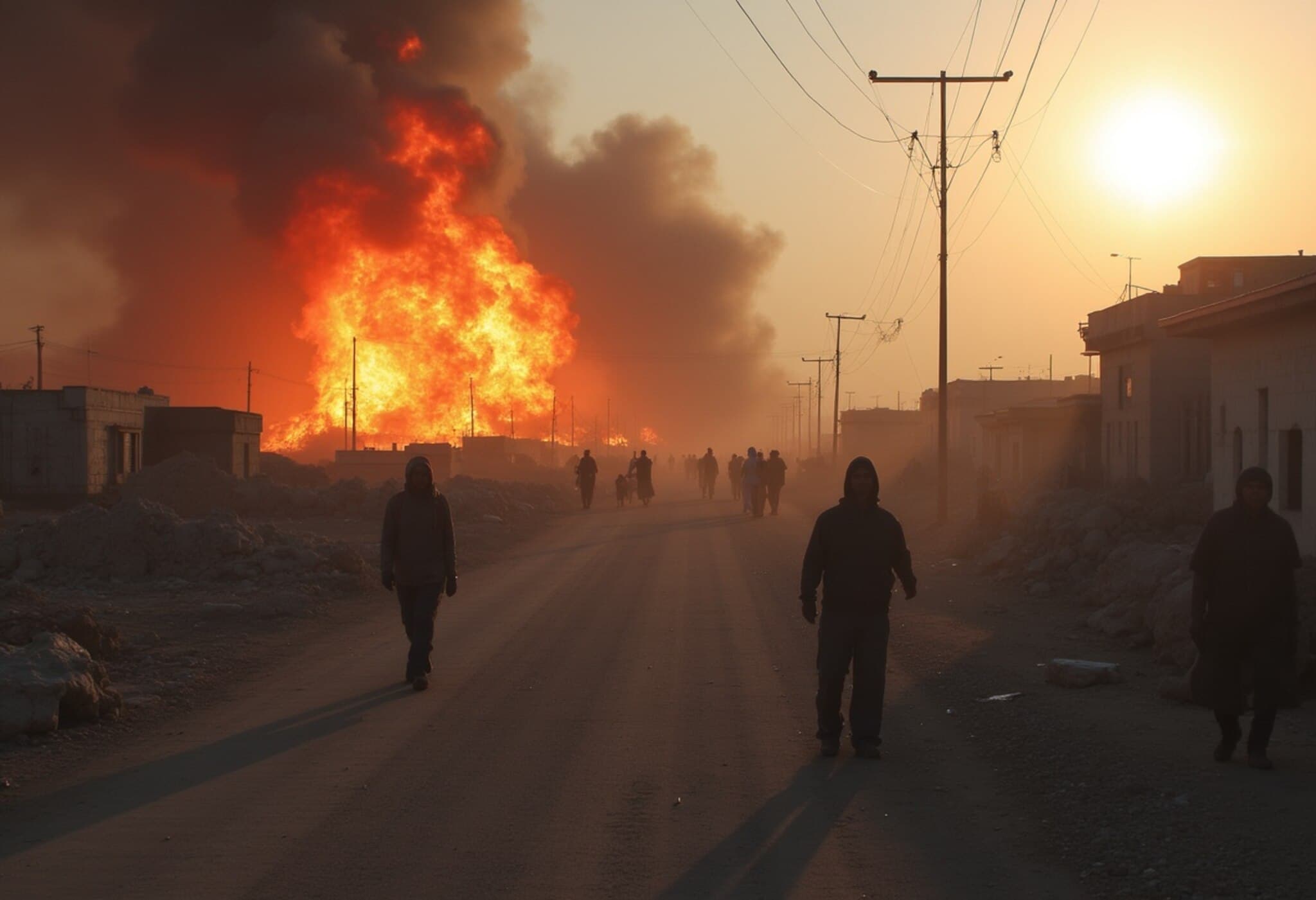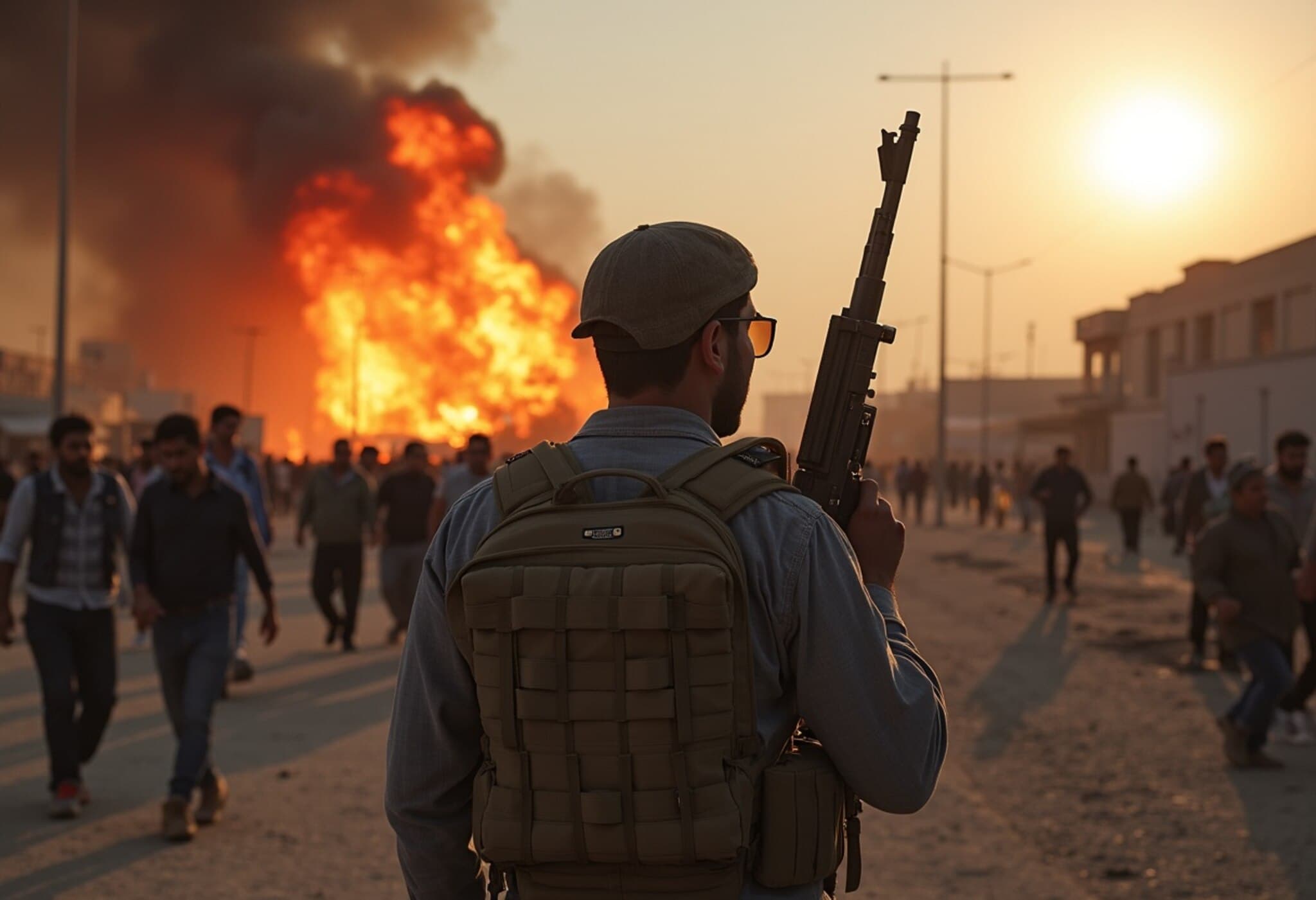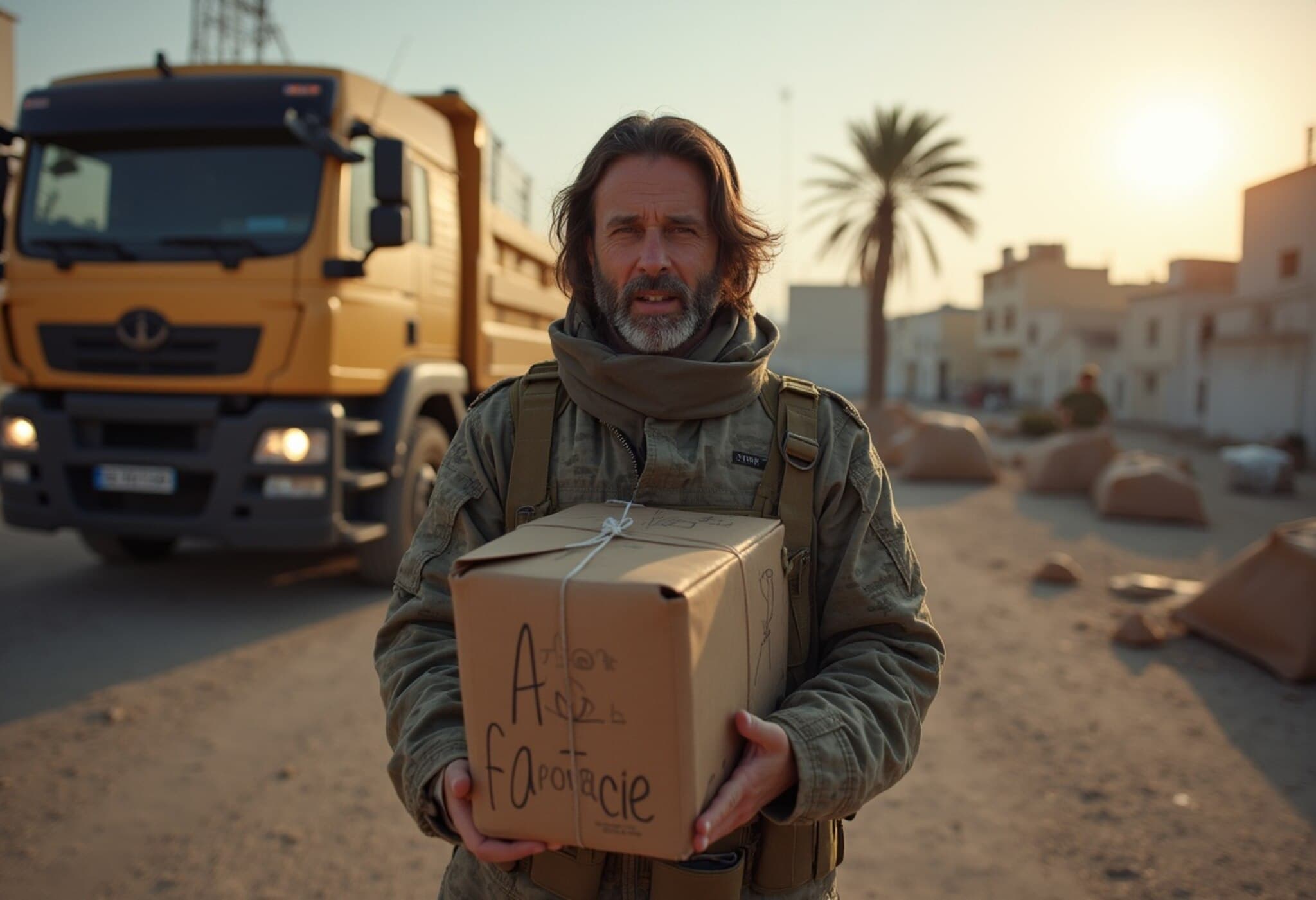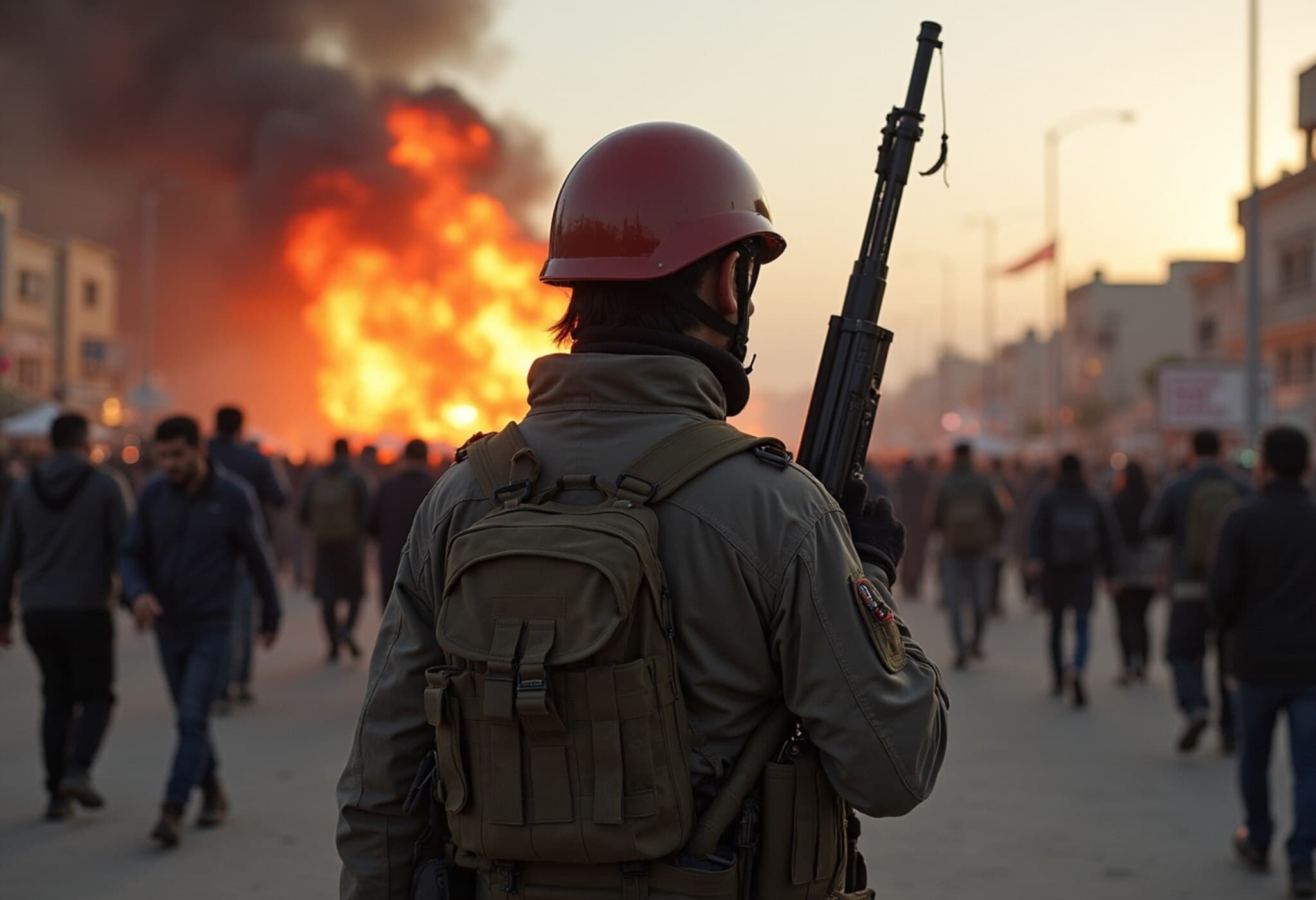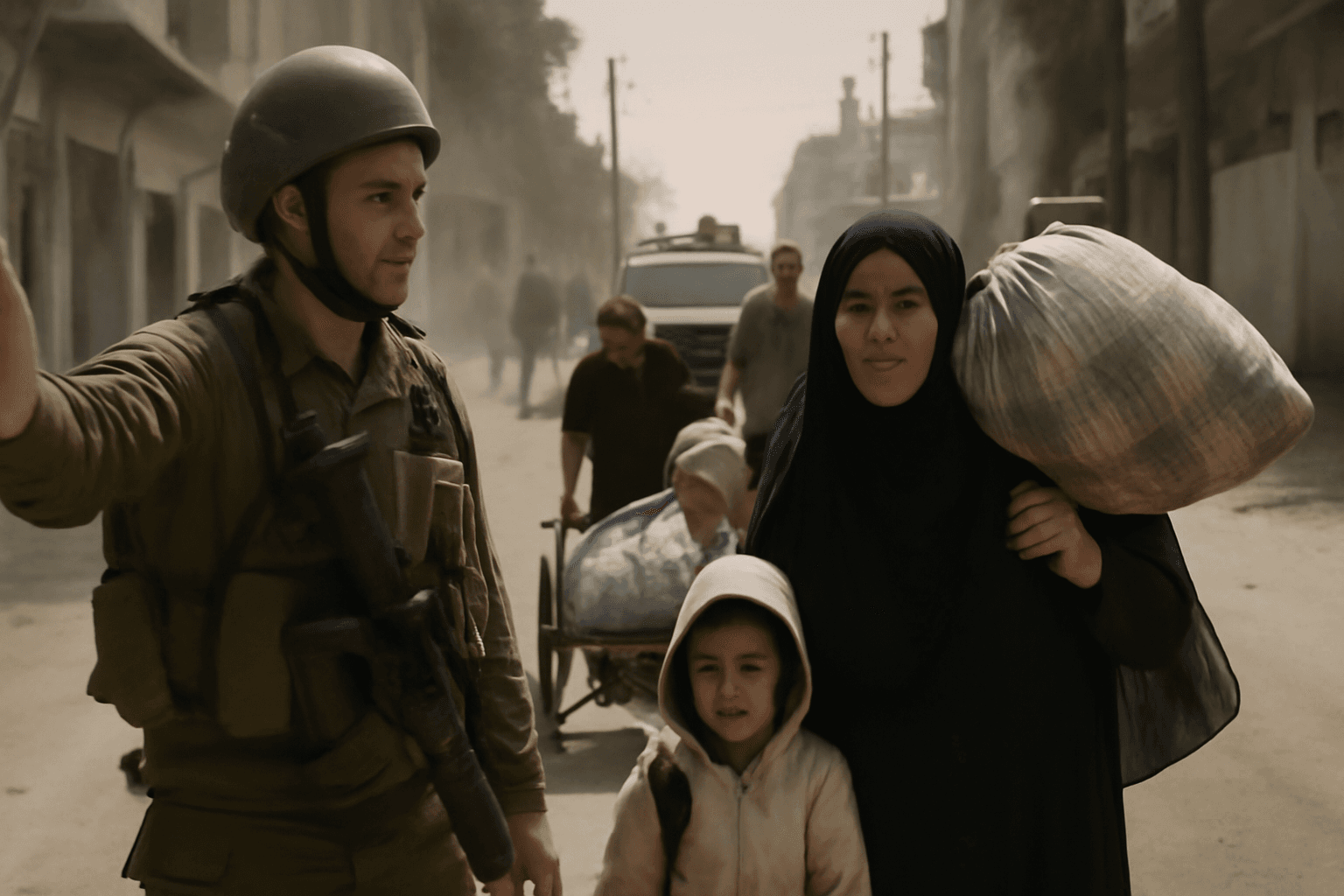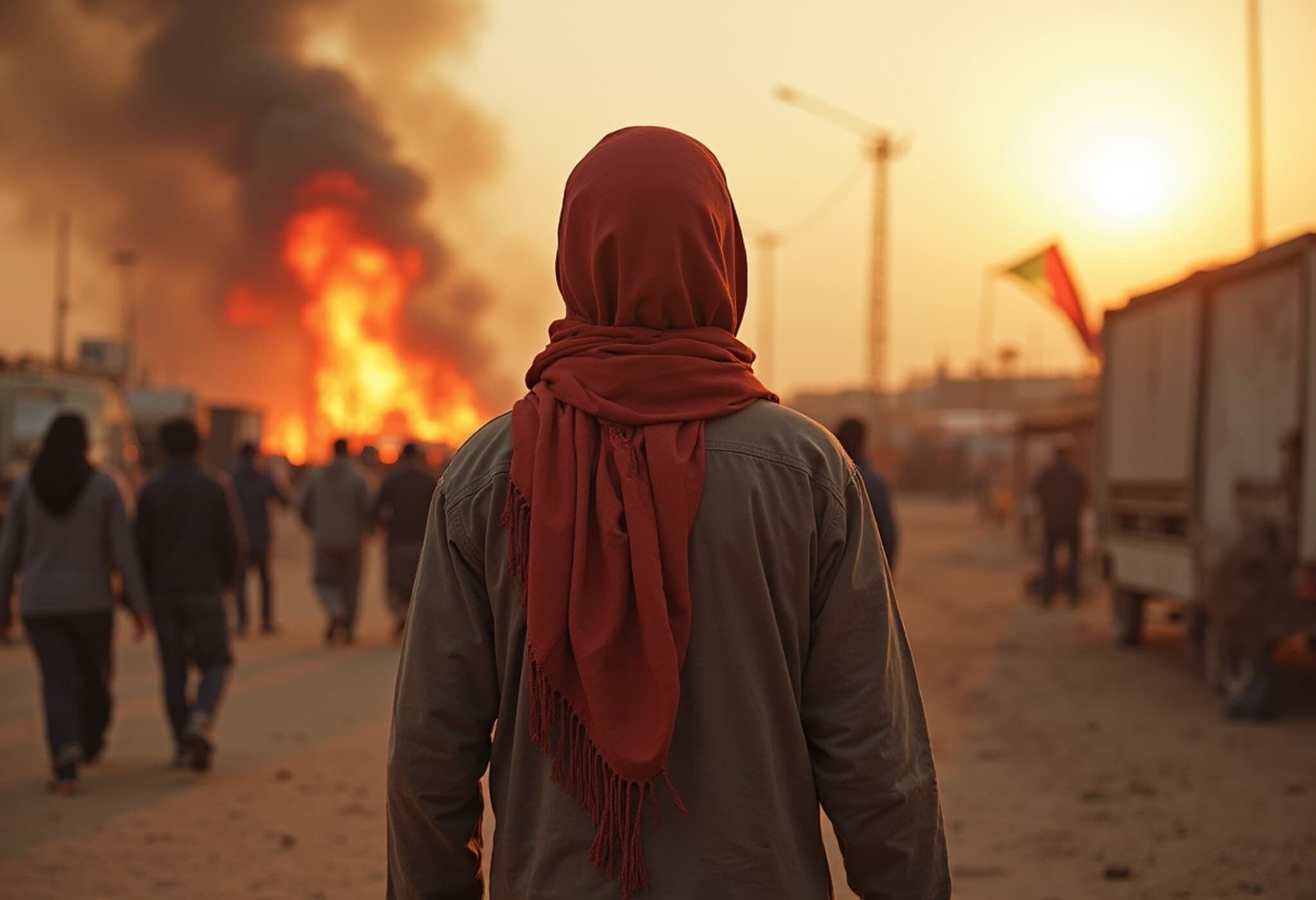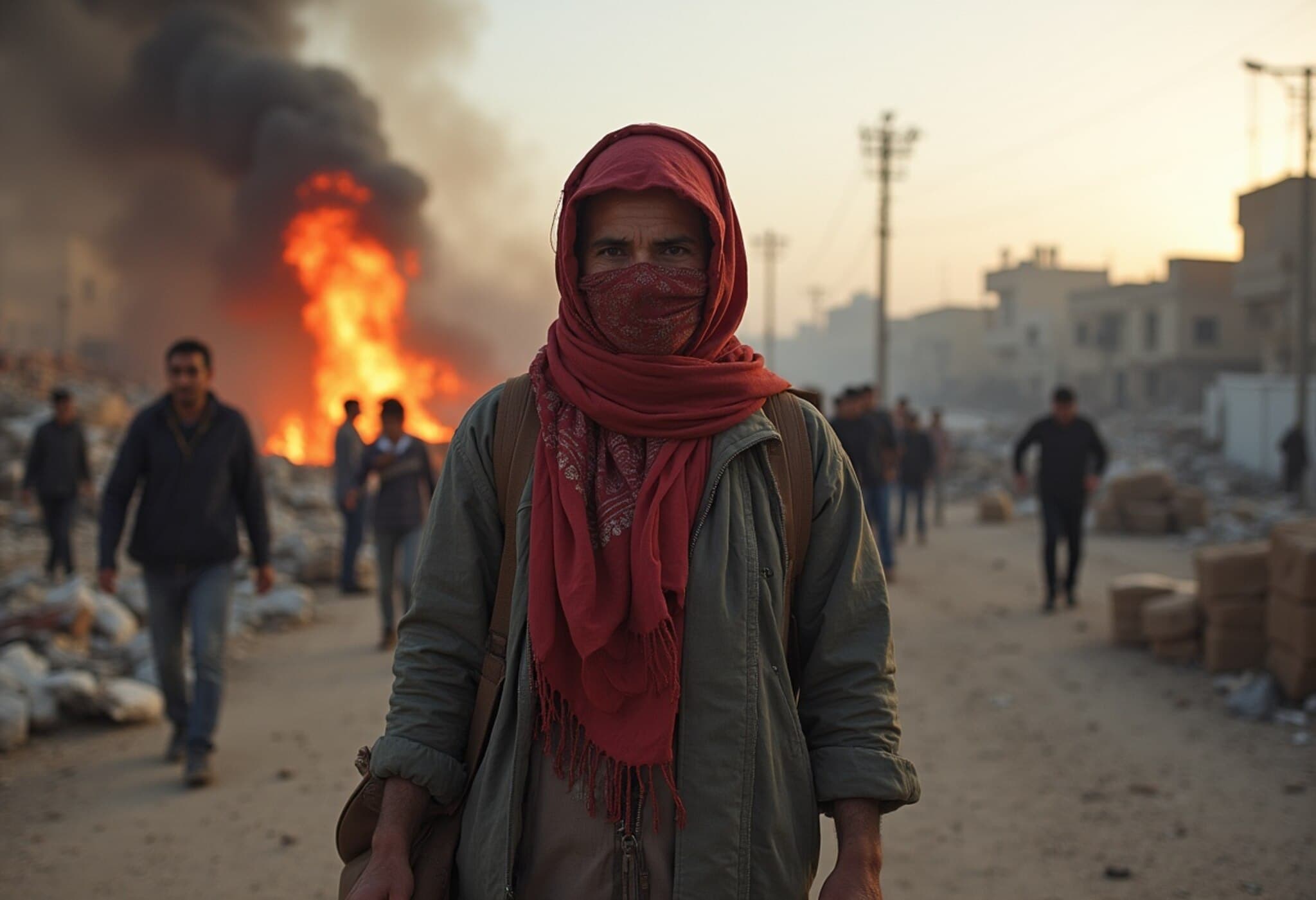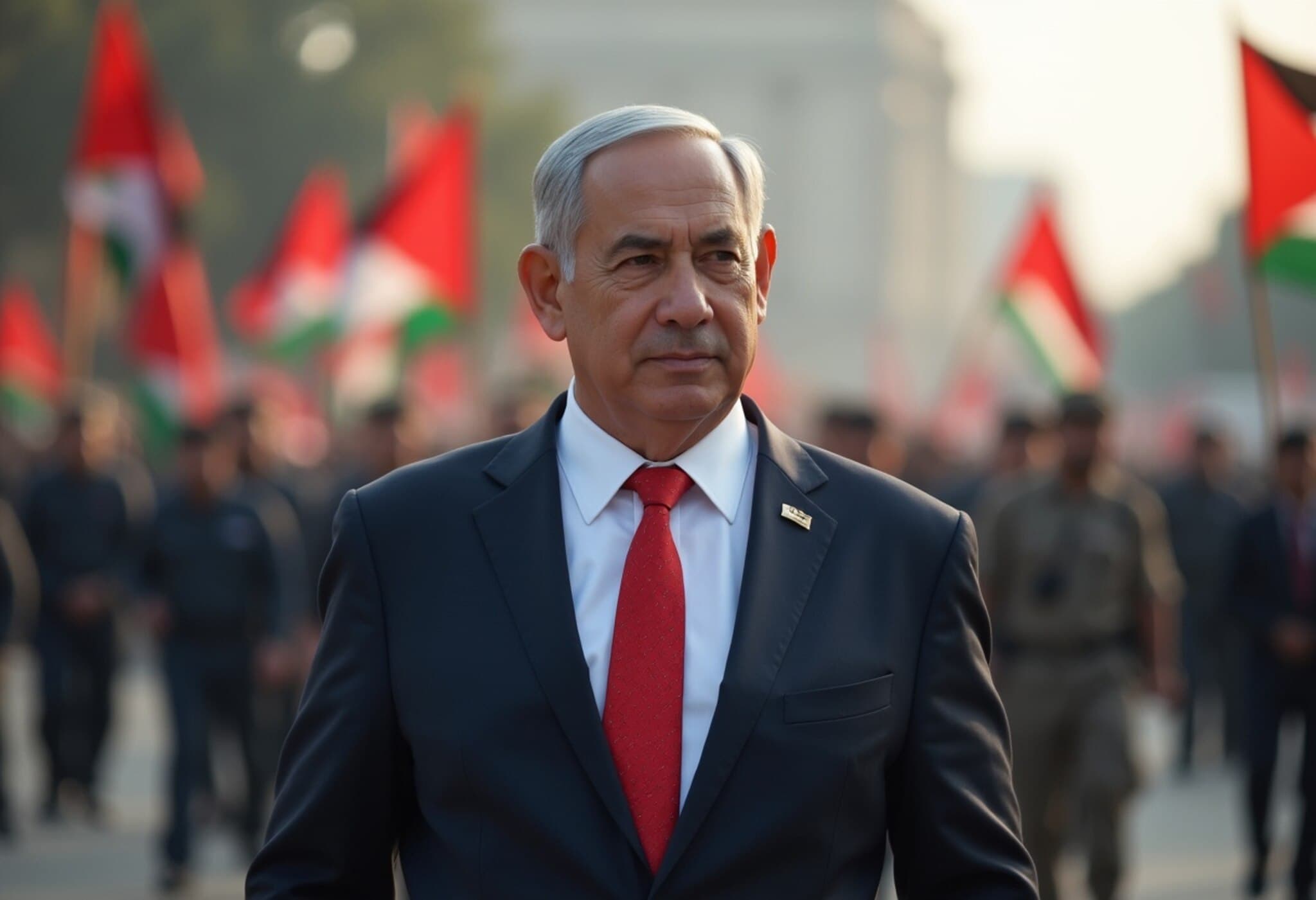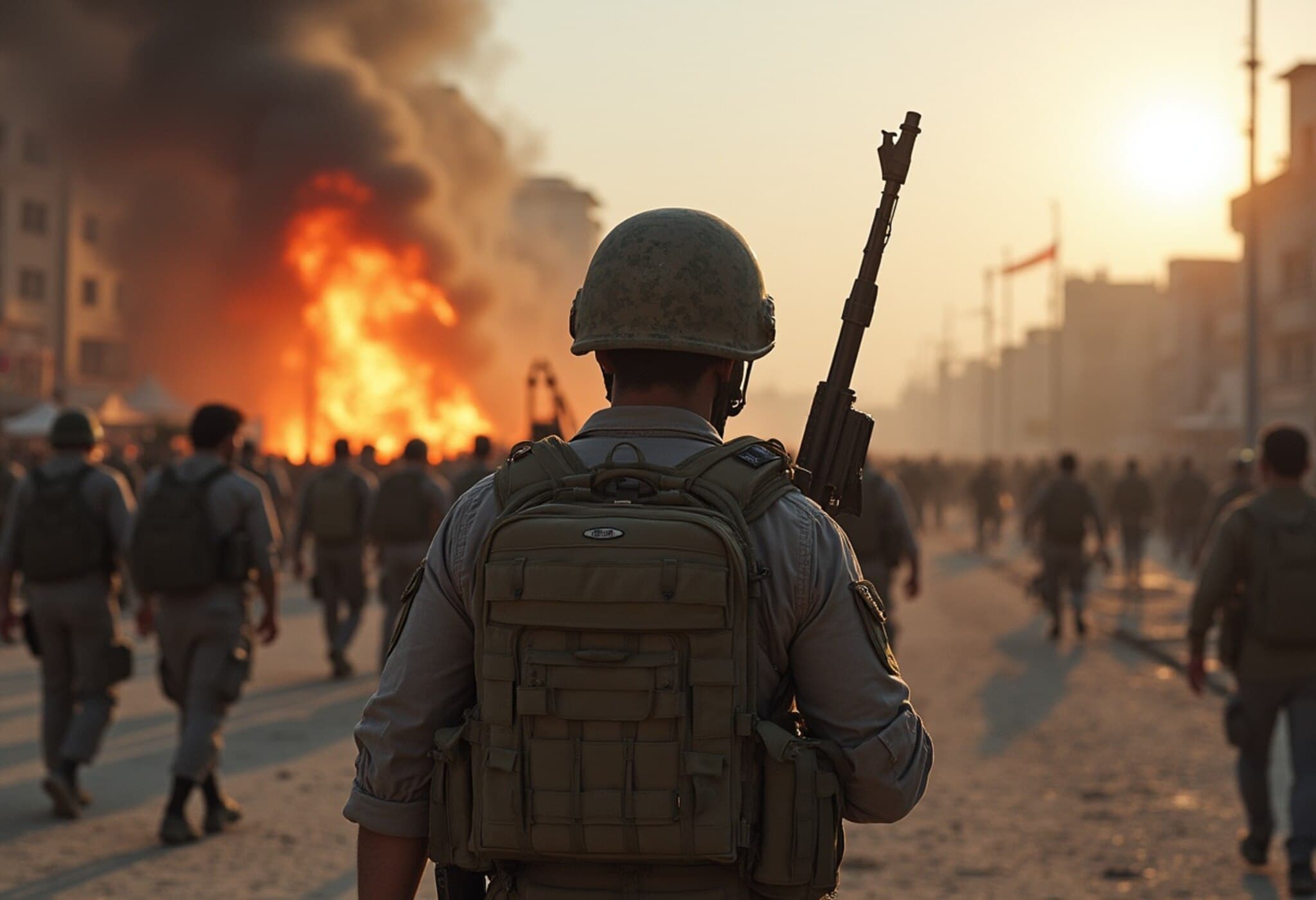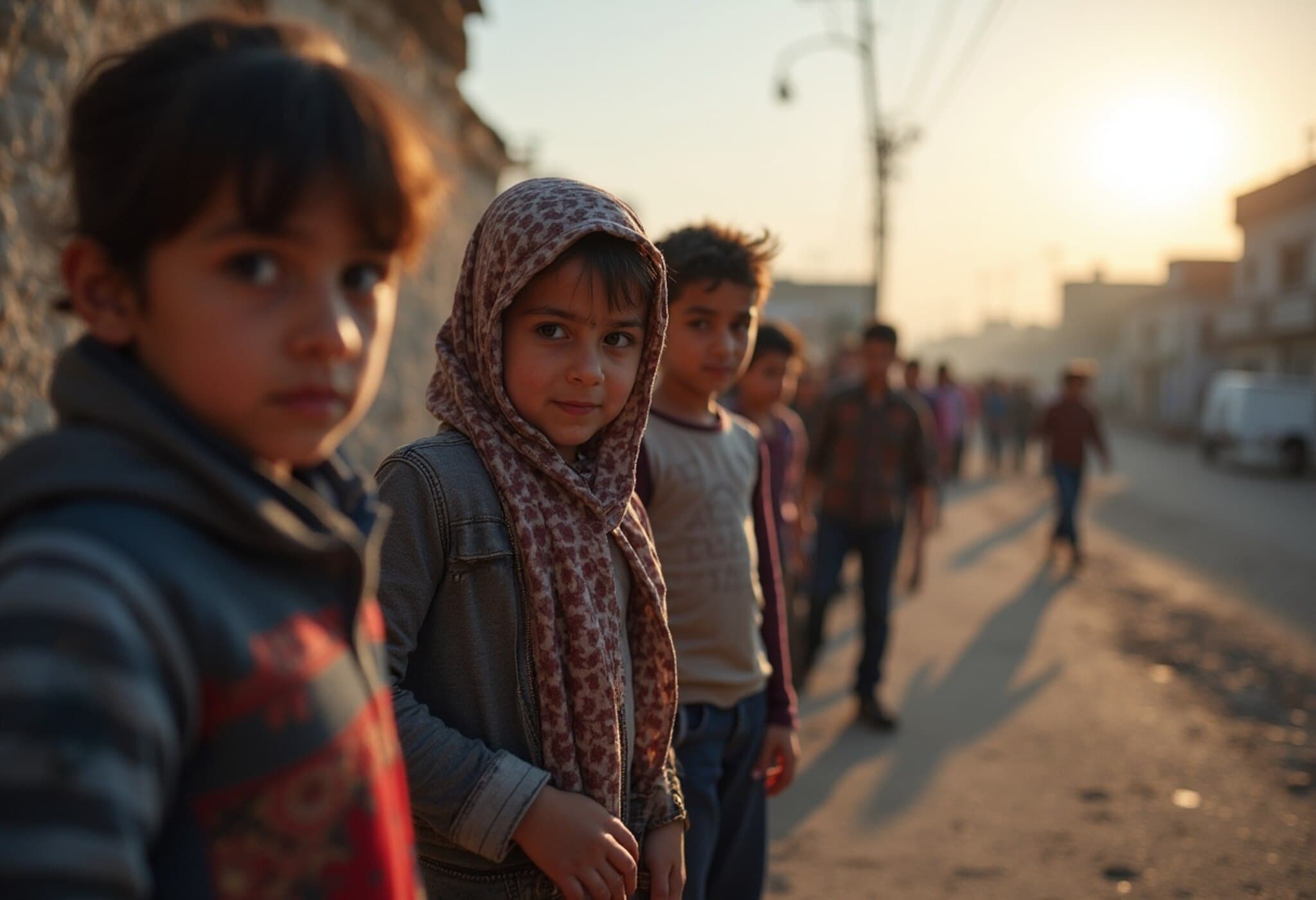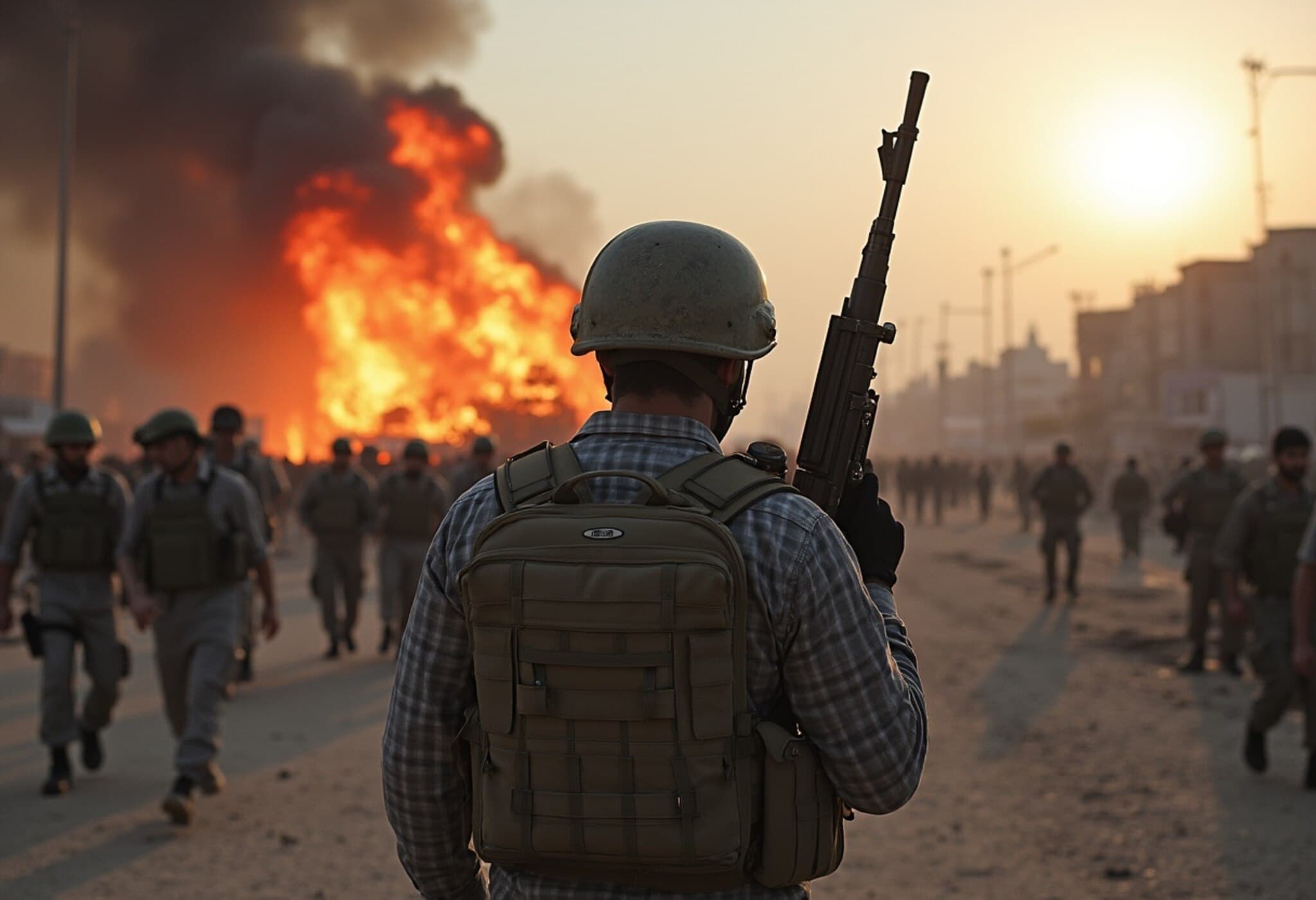Gaza Faces Unrelenting Humanitarian Crisis Despite Tactical Pauses and Airdrops
As Gaza continues to reel from an escalating humanitarian catastrophe, the recent announcement of a daily 10-hour "tactical pause" and international aid airdrops have offered only a fragile glimmer of relief amid a sea of suffering. Yet, the grim reality on the ground challenges the efficacy of these intermittent halts in fighting, as civilian casualties mount and critical shortages persist.
International Aid Efforts: Jordan and UAE Respond Amid Dire Needs
On Sunday, a significant attempt to alleviate the starvation gripping Gaza was made with the coordinated airdrop of 25 tonnes of food and vital supplies by two Jordanian and one United Arab Emirates (UAE) aircraft. These deliveries targeted multiple locations across Gaza, aiming to reach populations teetering on the brink of famine.
However, humanitarian organizations emphasize that while such gestures are crucial, they barely scratch the surface of Gaza's colossal needs. The World Food Programme (WFP) reports that nearly one-third of Gaza's population has been without adequate food for days, and approximately 500,000 residents face imminent famine due to ongoing blockade and conflict disruptions.
Israel's Tactical Pause: A Brief Window Amid Ongoing Violence
Israel’s military initiative to implement a daily tactical respite from hostilities — running from 10 a.m. to 8 p.m. in select areas like Gaza City, Deir al-Balah, and Muwasi — is designed to facilitate the movement of humanitarian convoys. Nonetheless, unsettling reports reveal that while the declared pause aims to reduce civilian harm, airstrikes continued during these windows, resulting in at least 38 deaths, including vulnerable families awaiting aid deliveries.
In one harrowing incident, a Gaza Ministry of Health spokesperson confirmed the death of a woman and her four children due to a strike on a residential apartment, underscoring the devastating human toll behind headline numbers.
Strikes Near Aid Sites Raise Alarms Over Ground Realities
Adding to concerns, attacks near humanitarian distribution points — such as the strike near the Gaza Humanitarian Foundation (GHF) center in Nuseirat that killed 13 people, including four children — cast doubt on the safety and efficacy of aid distribution amidst active conflict zones. While GHF denies an incident at its premises and the Israeli military investigates, these conflicting narratives highlight the chaotic environment that jeopardizes aid efforts and civilian safety alike.
Critical Medical Shortages Compound Human Suffering
The medical crisis in Gaza is reaching a breaking point. Hospitals and clinics are rapidly running out of essential medicines and equipment, according to Gaza's health ministry. Dr. Muneer al-Boursh, a leading medical official, emotionally remarked, "Every delay is measured by another funeral," painting a stark picture of urgency and despair.
UNICEF characterizes the tactical pause as a rare "opportunity to save lives," yet agencies like the Norwegian Refugee Council emphasize that such measures fall woefully short given the vast scale of unmet needs.
Ceasefire Negotiations Falter Amid Distrust and Utmost Stakes
Attempts to negotiate peace have stumbled repeatedly, with the U.S. and Israel recalling their negotiators from Qatar. Hamas leadership has dismissed the tactical pause as a mere public relations tactic, asserting that Israel seeks to evade accountability for ongoing violence. Conversely, Israel maintains a firm stance, insisting that it will not cease military operations until Hamas disarms and surrenders — terms historically rejected by the Palestinian group.
Human Toll and Regional Implications
- Palestinian casualties surpass 59,700 since October, with women and children constituting more than half of the deaths.
- Israeli military fatalities stand at 898 soldiers in ground operations.
- The conflict roots trace back to Hamas's October 7 attack, leading to 1,200 Israeli deaths and ongoing hostage situations.
Beyond the immediate tragedy, the conflict underscores the urgent need for sustained international involvement and a reevaluation of humanitarian pathways that minimize risks to civilians while addressing the geopolitical impasse.
Expert Commentary: Navigating a Complex Humanitarian Landscape
The cyclical nature of violence and ceasefire pauses in Gaza highlights the complexities of delivering aid in active conflict zones. From an American policy perspective, the challenge lies in balancing security concerns with humanitarian imperatives. The U.S. has significant influence over Israel's strategic decisions and can amplify efforts to expand aid access and negotiate durable ceasefire agreements.
Moreover, the endorsement of organizations like the Gaza Humanitarian Foundation as alternative aid channels raises critical questions regarding transparency, distribution equity, and international oversight amidst accusations of chaos and danger in food distribution.
Looking Ahead: Imperatives for Policy and Humanity
As the world watches, the persistence of civilian suffering in Gaza demands not only symbolic pauses or episodic aid drops but a fundamental shift toward sustainable humanitarian corridors and renewed diplomatic engagement. The human story — families lost, children starving, hospitals overwhelmed — must drive policy decisions anchored in empathy and pragmatism.
Key Considerations Moving Forward:
- How can international actors ensure safer, uninterrupted humanitarian access in Gaza amid military operations?
- What role can the U.S. and regional powers play in reviving meaningful ceasefire talks and long-term peace?
- How can aid distribution mechanisms be streamlined to reduce chaos and prevent deaths near delivery points?
Editor’s Note
The unfolding crisis in Gaza is more than a geopolitical clash; it is a profound humanitarian emergency that challenges the conscience of the international community. While the tactical pauses and international airdrops offer glimmers of hope, they are insufficient against the backdrop of mounting famine, medical shortages, and relentless violence. As this tragedy continues, it calls for renewed commitment from global leaders to prioritize human lives above strategic gains and establish robust frameworks for peace and aid. Readers are encouraged to reflect on these complexities and consider the human dimensions behind headlines.

